Cleaner sink hack – who doesn’t want one? I know I do! Let’s be honest, our kitchen sinks are the unsung heroes of our homes, battling food scraps, greasy dishes, and all sorts of grime daily. But keeping them sparkling clean can feel like a never-ending chore. For centuries, people have sought out effective ways to maintain their homes, and the quest for a spotless sink is no different. From ancient civilizations using natural remedies to modern-day cleaning solutions, the desire for a hygienic and aesthetically pleasing kitchen space has always been a priority.
That’s why I’m so excited to share this game-changing DIY cleaner sink hack with you! This isn’t just another cleaning tip; it’s a simple, effective, and budget-friendly way to banish stubborn stains, eliminate unpleasant odors, and restore your sink’s shine. Imagine a sink so clean you could practically eat off it (though, maybe don’t!). This hack will save you time, money, and the frustration of dealing with a grimy sink. Ready to transform your sink from drab to fab? Let’s dive in!
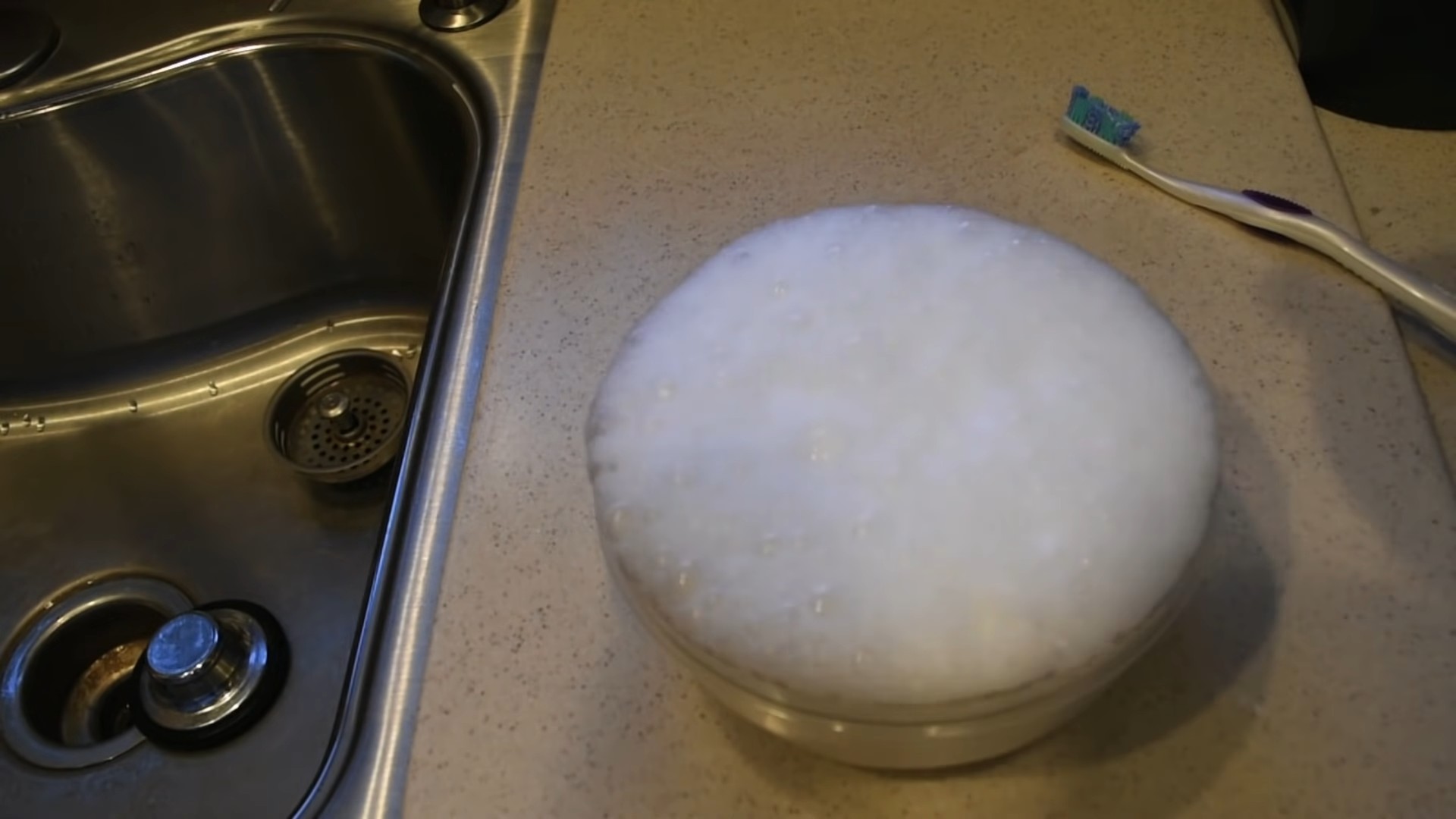
DIY Sink Cleaning Powerhouse: Goodbye Grime, Hello Shine!
Okay, let’s face it, cleaning the sink isn’t exactly anyone’s favorite chore. But a sparkling clean sink makes the whole kitchen feel fresher, right? I’ve experimented with tons of different methods, and I’ve finally landed on a DIY cleaning routine that’s not only super effective but also uses ingredients you probably already have in your pantry. Get ready to ditch those harsh chemicals and embrace a naturally clean and gleaming sink!
What You’ll Need: Your Arsenal of Cleaning Goodness
Before we dive in, let’s gather our supplies. This is a pretty low-key operation, so you won’t need anything fancy.
* **Baking Soda:** This is our gentle abrasive. It’s amazing for scrubbing away grime without scratching.
* **White Vinegar:** The acid in vinegar helps to dissolve hard water stains and soap scum. Plus, it’s a natural disinfectant!
* **Dish Soap:** A good quality dish soap will help cut through grease and leave your sink smelling fresh.
* **Lemon (Optional):** For extra cleaning power and a lovely citrus scent.
* **Salt (Optional):** Another gentle abrasive that can help with stubborn stains.
* **Hydrogen Peroxide (Optional):** Great for disinfecting and brightening.
* **Old Toothbrush:** Perfect for getting into those hard-to-reach corners and crevices around the drain.
* **Microfiber Cloths:** These are my go-to for wiping down surfaces. They’re super absorbent and won’t leave streaks.
* **Spray Bottle:** For easy application of the vinegar solution.
* **Rubber Gloves (Optional):** If you have sensitive skin, you might want to protect your hands.
* **Boiling Water:** For flushing out the drain.
Phase 1: The Baking Soda Scrub – Getting Rid of the Grime
This is where we start breaking down the surface dirt and grime. Baking soda is a fantastic, gentle abrasive that won’t scratch your sink.
1. **Rinse the Sink:** Start by giving your sink a good rinse with warm water to loosen any loose debris.
2. **Generously Sprinkle Baking Soda:** Liberally sprinkle baking soda all over the surface of your sink, paying special attention to areas with visible stains or grime. Don’t be shy!
3. **Let it Sit (Optional):** For extra tough stains, let the baking soda sit for about 10-15 minutes. This will give it time to work its magic and loosen the gunk.
4. **Scrub-a-dub-dub:** Using a damp microfiber cloth or sponge, scrub the sink in a circular motion. Apply a little pressure, but don’t go overboard. You don’t want to scratch the surface.
5. **Toothbrush Time:** Grab your old toothbrush and use it to scrub around the drain, faucet base, and any other hard-to-reach areas. These spots tend to accumulate grime, so give them some extra attention.
6. **Rinse Thoroughly:** Rinse the sink thoroughly with warm water, making sure to remove all traces of baking soda.
Phase 2: The Vinegar Power Wash – Dissolving Hard Water and Soap Scum
Now it’s time to tackle those pesky hard water stains and soap scum. Vinegar is our secret weapon here!
1. **Prepare the Vinegar Solution:** Fill your spray bottle with undiluted white vinegar.
2. **Spray it Down:** Generously spray the entire surface of the sink with the vinegar solution.
3. **Let it Fizz:** Let the vinegar sit for about 5-10 minutes. You might notice some fizzing, which is a good sign! It means the vinegar is reacting with the baking soda and breaking down the grime.
4. **Wipe it Clean:** Using a clean microfiber cloth, wipe down the sink, removing any remaining residue.
5. **Rinse Again:** Rinse the sink thoroughly with warm water.
Phase 3: The Drain Detox – Clearing Out Clogs and Odors
A clean sink isn’t complete without a clean drain! This step will help to clear out any minor clogs and eliminate unpleasant odors.
1. **Baking Soda Down the Drain:** Pour about 1/2 cup of baking soda down the drain.
2. **Vinegar Chaser:** Follow the baking soda with 1 cup of white vinegar.
3. **The Fizzing Frenzy:** Let the mixture fizz for about 30 minutes. This will help to break down any grease or buildup in the drain.
4. **Boiling Water Flush:** After 30 minutes, carefully pour a pot of boiling water down the drain. This will flush out the mixture and any remaining debris.
5. **Repeat if Necessary:** If your drain is particularly clogged or smelly, you may need to repeat this process.
Phase 4: The Lemon Fresh Finish (Optional) – Adding Shine and Scent
This step is optional, but it’s a great way to add a little extra shine and a fresh citrus scent to your sink.
1. **Lemon Power:** Cut a lemon in half.
2. **Rub-a-dub-dub (Again!):** Rub the cut side of the lemon all over the surface of the sink. The lemon juice will help to remove any remaining water spots and leave a lovely shine.
3. **Rinse and Dry:** Rinse the sink with warm water and dry it with a clean microfiber cloth.
Alternative Cleaning Boosters: When You Need Extra Oomph
Sometimes, you need a little extra firepower to tackle really stubborn stains or grime. Here are a few alternative cleaning boosters you can try:
* **Salt Scrub:** For tough stains, mix baking soda with a tablespoon of salt to create a more abrasive scrub.
* **Hydrogen Peroxide Power:** For disinfecting and brightening, spray the sink with hydrogen peroxide after the vinegar step. Let it sit for a few minutes, then rinse thoroughly.
* **Dish Soap Boost:** Add a squirt of dish soap to the baking soda scrub for extra grease-cutting power.
Maintaining Your Sparkling Sink: Prevention is Key!
Now that your sink is sparkling clean, let’s talk about how to keep it that way!
* **Rinse After Each Use:** Make it a habit to rinse your sink after each use to prevent food particles and soap scum from building up.
* **Wipe it Down Regularly:** Wipe down the sink with a damp cloth or sponge every day to remove any spills or splatters.
* **Avoid Harsh Chemicals:** Harsh chemicals can damage the finish of your sink, so stick to natural cleaning methods whenever possible.
* **Protect Your Sink Bottom:** Place a sink mat or grid in the bottom of your sink to protect it from scratches and dents.
* **Regular Drain Maintenance:** Flush your drain with boiling water once a week to prevent clogs. You can also use a drain strainer to catch food particles and hair.
Specific Sink Materials: Tailoring Your Approach
The best cleaning method can vary slightly depending on the material of your sink. Here’s a quick guide:
* **Stainless Steel:** Stainless steel is generally pretty durable, but it can be prone to water spots. Be sure to dry your sink thoroughly after cleaning to prevent them. You can also use a stainless steel cleaner for extra shine. Avoid using steel wool, as it can scratch the surface.
* **Porcelain:** Porcelain sinks can be delicate, so avoid using abrasive cleaners or scrub brushes. Stick to gentle cleaning methods like baking soda and vinegar.
* **Composite:** Composite sinks are generally very durable and easy to clean. You can use most of the cleaning methods described above.
* **Copper:** Copper sinks require special care. Use a copper cleaner specifically designed for sinks. Avoid using abrasive cleaners or harsh chemicals.
Troubleshooting Common Sink Problems: Solutions for Every Situation
Even with regular cleaning, you might encounter some common sink problems. Here are a few solutions:
* **Stubborn Stains:** For stubborn stains, try making a paste of baking soda and water. Apply the paste to the stain and let it sit for a few hours, or even overnight. Then, scrub gently and rinse thoroughly.
* **Hard Water Spots:** Hard water spots can be difficult to remove. Try soaking a cloth in vinegar and placing it over the spots for a few hours. Then, wipe clean and rinse.
* **Clogged Drain:** If your drain is clogged, try using a plunger or a drain snake to remove the blockage. You can also try using a commercial drain cleaner, but be sure to follow the instructions carefully.
* **Unpleasant Odors:** If your sink smells bad, it’s likely due to bacteria or buildup in the drain. Try flushing the drain with boiling water and vinegar. You can also try using a drain cleaner specifically designed to eliminate odors.
Remember to always test any cleaning solution in an inconspicuous area first to make sure it doesn’t damage the surface of your sink.
I hope this guide helps you achieve a sparkling clean sink! It might seem like a lot of steps, but once you get into a routine, it’s actually pretty quick and easy. Plus, knowing
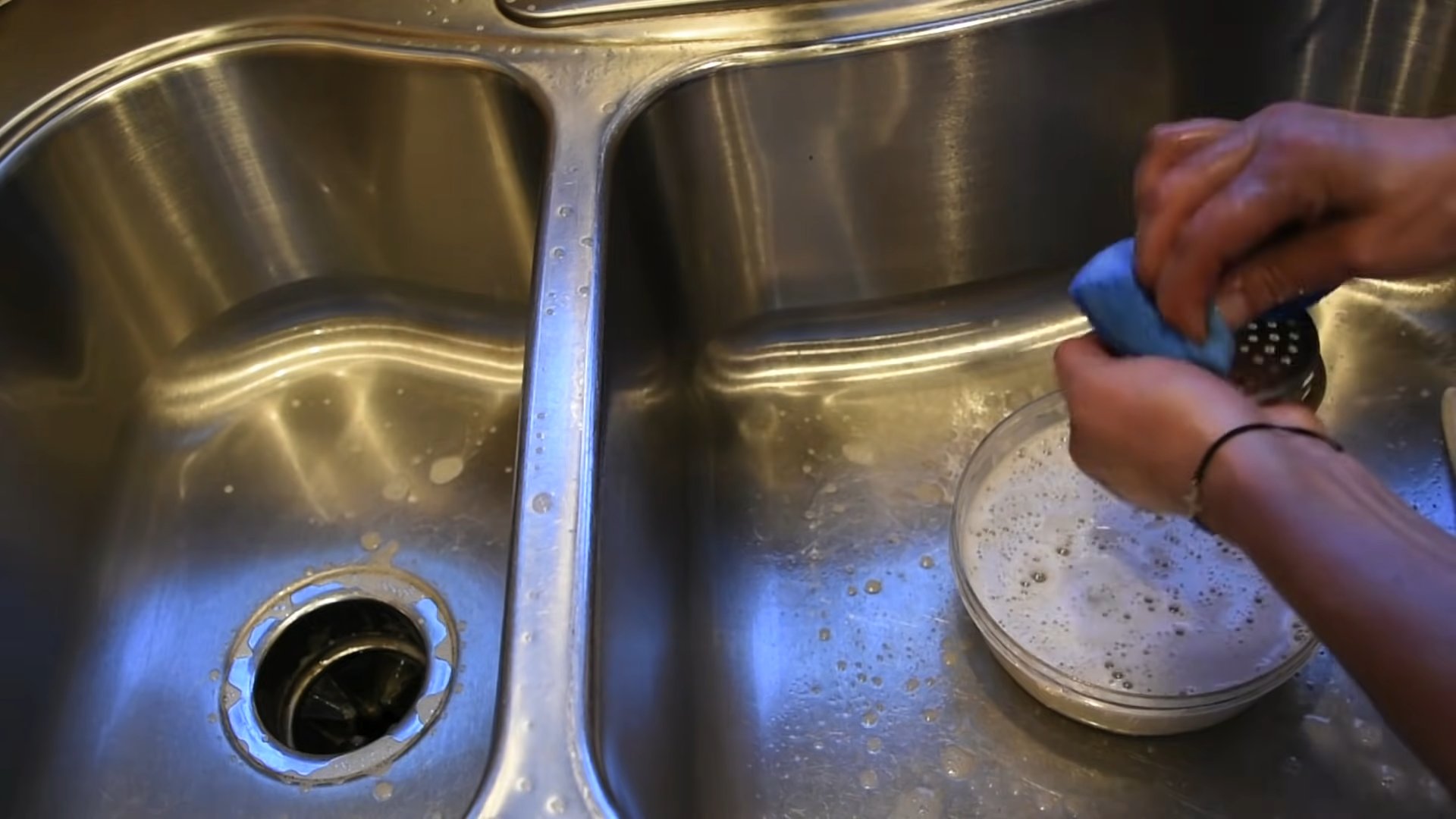
Conclusion
So, there you have it! This simple, yet incredibly effective, DIY cleaner sink hack is a game-changer for anyone looking to maintain a sparkling clean and fresh-smelling kitchen or bathroom. Forget spending a fortune on expensive, store-bought cleaners filled with harsh chemicals. This method utilizes ingredients you likely already have in your pantry, making it not only cost-effective but also a more environmentally friendly option.
Why is this a must-try? Because it works! The combination of baking soda, vinegar, and boiling water creates a powerful fizzing action that loosens grime, eliminates odors, and helps to clear minor clogs. It’s a quick, easy, and satisfying way to keep your sink draining smoothly and smelling fantastic. Plus, knowing you’re using a natural solution gives you peace of mind, especially if you have children or pets.
Looking to customize your cleaner sink hack? Consider adding a few drops of your favorite essential oil, such as lemon, tea tree, or lavender, for an extra boost of freshness. Lemon oil is particularly effective for cutting through grease and leaving a bright, citrusy scent. Tea tree oil has natural antibacterial properties, making it a great addition for extra sanitization. Lavender oil provides a calming and relaxing aroma. You can also experiment with different ratios of baking soda and vinegar to find what works best for your sink and the type of buildup you’re dealing with. For particularly stubborn clogs, you might need to repeat the process a couple of times. Another variation involves using borax instead of baking soda for a more powerful cleaning action, but be sure to handle borax with care and avoid direct skin contact.
We are confident that once you try this DIY cleaner sink hack, you’ll be amazed by the results. It’s a simple solution to a common problem, and it’s a great way to reduce your reliance on harsh chemicals. Don’t just take our word for it, though! We encourage you to give it a try and see for yourself.
We’d love to hear about your experience! Share your before-and-after photos and any variations you’ve tried in the comments below. Let’s build a community of clean sink enthusiasts and share our tips and tricks for keeping our drains flowing freely and our kitchens smelling fresh. Your feedback will help others discover the magic of this simple, yet effective, DIY cleaner sink hack. So, go ahead, give it a whirl, and let us know what you think! We can’t wait to hear from you.
Frequently Asked Questions (FAQ)
What exactly does this DIY cleaner sink hack do?
This DIY cleaner sink hack is designed to clean and deodorize your sink drain. The combination of baking soda and vinegar creates a fizzing reaction that helps to loosen and remove grime, grease, and other buildup that can accumulate in your drain. The boiling water then helps to flush away the loosened debris, leaving your sink drain cleaner and fresher. It can also help to clear minor clogs.
How often should I use this cleaner sink hack?
The frequency depends on how often you use your sink and how prone it is to clogs. As a general guideline, using this cleaner sink hack once a week is a good way to maintain a clean and free-flowing drain. If you notice your sink is draining slowly or starting to smell, you can use it more frequently. Conversely, if your sink stays relatively clean, you might only need to use it every other week.
Is this cleaner sink hack safe for all types of pipes?
This cleaner sink hack is generally safe for most types of pipes, including PVC and metal pipes. However, if you have very old or fragile pipes, especially cast iron, it’s best to exercise caution. The rapid temperature change from the boiling water could potentially cause damage to weakened pipes. In such cases, you might consider using hot (but not boiling) water instead. If you are unsure about your pipes, consult a plumber before using this method.
Can I use this cleaner sink hack on other drains in my house?
Yes, this cleaner sink hack can be used on other drains in your house, such as shower drains and bathtub drains. The process is the same: pour in the baking soda, followed by the vinegar, let it fizz, and then flush with boiling water. However, be mindful of the materials of your drains and adjust the water temperature accordingly if necessary.
What if the cleaner sink hack doesn’t clear the clog completely?
If the cleaner sink hack doesn’t completely clear the clog, you can try repeating the process. Sometimes, a particularly stubborn clog requires multiple treatments. You can also try using a plunger after the fizzing action to help dislodge the remaining debris. If the clog persists after several attempts, it might be a more serious blockage that requires professional attention from a plumber.
Can I use other types of vinegar besides white vinegar?
While white vinegar is the most commonly used and recommended type of vinegar for this cleaner sink hack, you can technically use other types of vinegar, such as apple cider vinegar. However, white vinegar is typically more acidic and therefore more effective at cleaning and dissolving buildup. Apple cider vinegar might also leave a slight odor, while white vinegar is relatively odorless after the process.
Is there anything I should avoid pouring down my sink drain?
Yes, there are several things you should avoid pouring down your sink drain to prevent clogs and damage to your pipes. These include:
* Grease and oil: These solidify as they cool and can create major blockages.
* Coffee grounds: These can accumulate and form a dense sludge.
* Eggshells: These don’t break down easily and can get caught in pipes.
* Flour: This can create a sticky paste that clogs drains.
* Pasta and rice: These expand in water and can cause blockages.
* Chemical drain cleaners: These can be harsh and corrosive, potentially damaging your pipes.
Can I use this cleaner sink hack in my garbage disposal?
Yes, this cleaner sink hack can be used in your garbage disposal to help clean and deodorize it. Follow the same steps as you would for a regular sink drain. After flushing with boiling water, run the garbage disposal for a few seconds to ensure all the debris is cleared.
What are some other ways to prevent sink clogs?
In addition to using this cleaner sink hack regularly, there are several other things you can do to prevent sink clogs:
* Use a drain strainer to catch hair, food scraps, and other debris.
* Flush your drain with hot water after each use.
* Avoid pouring grease and oil down the drain.
* Regularly clean your sink and drain with a mild detergent.
* Consider using enzyme-based drain cleaners, which are gentler on pipes than chemical drain cleaners.
What if I don’t have baking soda or vinegar? Are there any alternatives?
While baking soda and vinegar are the most common and effective ingredients for this cleaner sink hack, you can try using other alternatives if you don’t have them on hand. For example, you can use borax instead of baking soda, but be sure to handle it with care. You can also try using a combination of dish soap and hot water to flush out the drain. However, these alternatives might not be as effective as baking soda and vinegar.

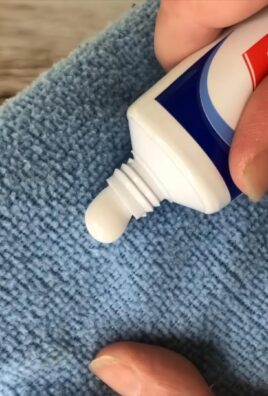
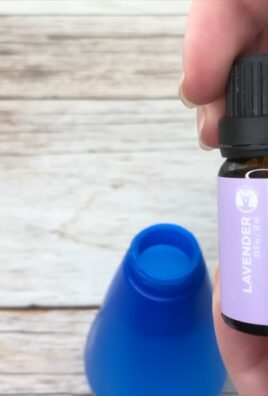
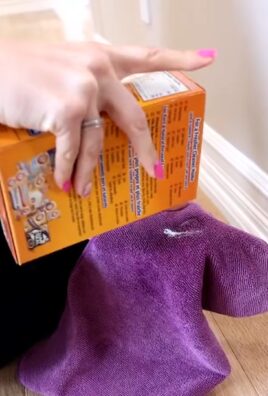
Leave a Comment